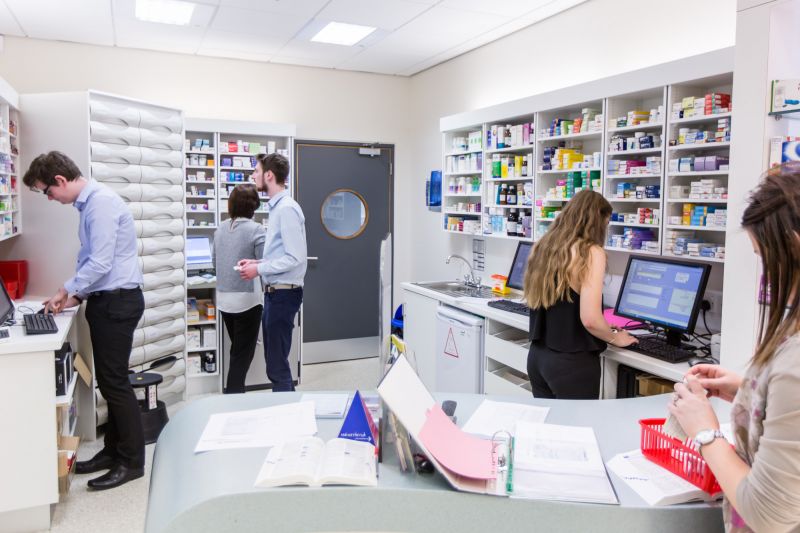Page content
Inclusive and Accessible Design
Pillar Content

Learners to experience equitable access to learning materials.
Digital accessibility
- Consider learner variability (age, gender, disability, culture, language, and ability etc.) and level of study to offer a wide variety of accessible digital content and materials (videos, presentations, text and visuals).
- Provide accessible digital content to comply with the PSBAR (Public Sector Bodies Accessibility Regulations, 2018) and the most recent WCAG (Web Content Accessibility Guidelines) by including elements such as:
- Alternative text (alt text) for all images, infographics, diagrams etc.
- Apply styles or tagging to assign different levels to text content (e.g., title, subtitle, heading 1, etc.). This will support both readability and navigation.
- Left justify text and use a sans serif font (e.g. Aptos, Arial, Verdana, Segoe UI or Tahoma)
- Use clear colour contrasts to support readability and which have high contrasts between background and foreground. Use contrast ratio checker tools to help you with this.
- Include captions on videos, and provide transcripts for podcasts. Check auto-captions within Panopto and YouTube etc.
- Use built-in accessibility checkers within software like Microsoft and Adobe to check before saving, exporting and sharing.
- Use BlackBoard Ally within Ultra to check and address accessibility issues within your module area in the VLE.
- Consider including accessibility as part of the assessment criteria if asking learners to produce digital content.
Choice, support and engagement
- Scaffold learning and minimise barriers to understanding by highlighting key concepts, providing clear instructions and by chunking learning materials. If possible, post any learning materials for a session at least 48 hours in advance in an editable/modifiable format (e.g. Word/PowerPoint) rather than a PDF.
- Provide a variety of learner engagement opportunities in both synchronous and asynchronous activities through multiple modalities, options and choice for content and materials.
- Include a Glossary of Terms for unfamiliar and complex terms or include an option for learners to request additions through e.g. wikis.
- Provide different methods for learners to engage e.g., allow learners to interact using their camera/microphone, microphone only, or text chat in live synchronous sessions.
- Consider options for learners to post to discussion forums, interactive walls like Padlet, or use email, Blackboard, or Microsoft Teams to communicate asynchronously.
- Provide options where learners demonstrate their knowledge through different modalities e.g. poster, wiki, essay, MCQ, presentation, portfolios, blog posts, report, simulations and games, policy paper, visual media, research proposals etc.
- Offer learners, where possible, a blend of on campus and online learning with a range of activities and flipped learning approaches.
- Consider active and collaborative group work where different groups and communities collaborate and learn from one another’s lived experiences and cultures.
- Engage students as curriculum co-creators, providing opportunities for gathering students’ insights and suggestions about current and planned programme designs.
Promote Allyship
- Incorporate diverse identities and experiences that are relevant and authentic into materials, activities, and exemplars through
- Self-reflect on how your positionality, power and privilege may influence the design of materials, activities, and assessment.
- Promote allyship by adding staff pronouns (he/him, she/her, they/them) to email signatures and hyperlink a name pronunciation.
- Incorporate diverse identities and experiences that are relevant and authentic into materials, activities, and exemplars.
- Consider the impact of your identity beliefs, cultural assumptions, and unconscious biases as part of the design process or consider further development or training opportunities across Ulster University or externally.
- Use Pronounce name in Blackboard to avoid, (Pronounciation in Blackboard)
Case Studies
We are currently working on a case study for this pillar, come back soon or submit your own one!

















